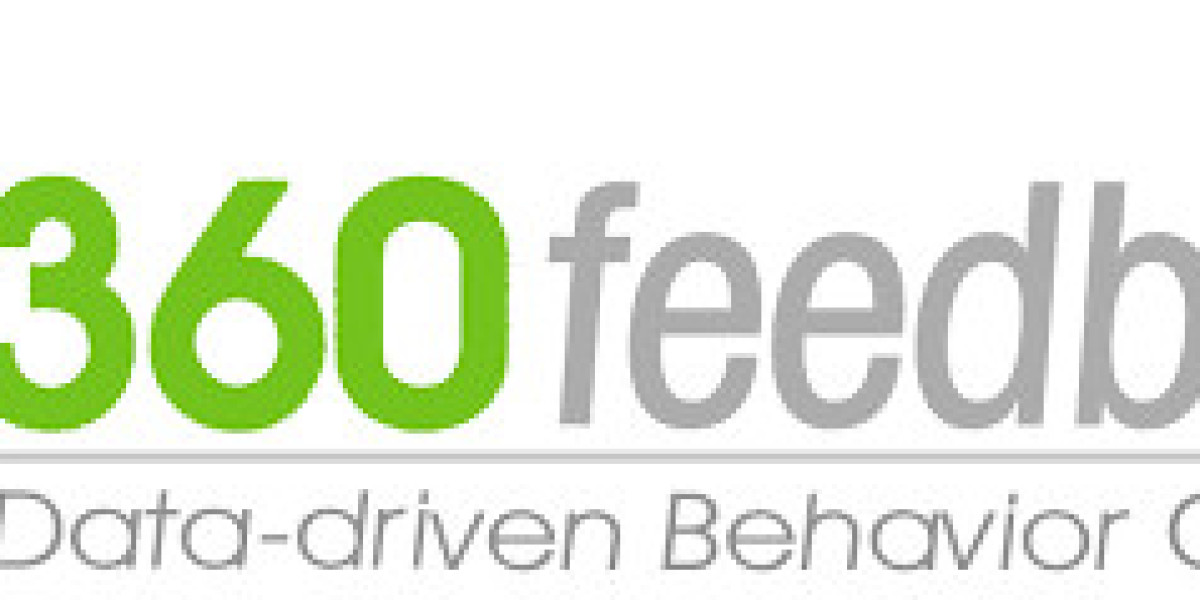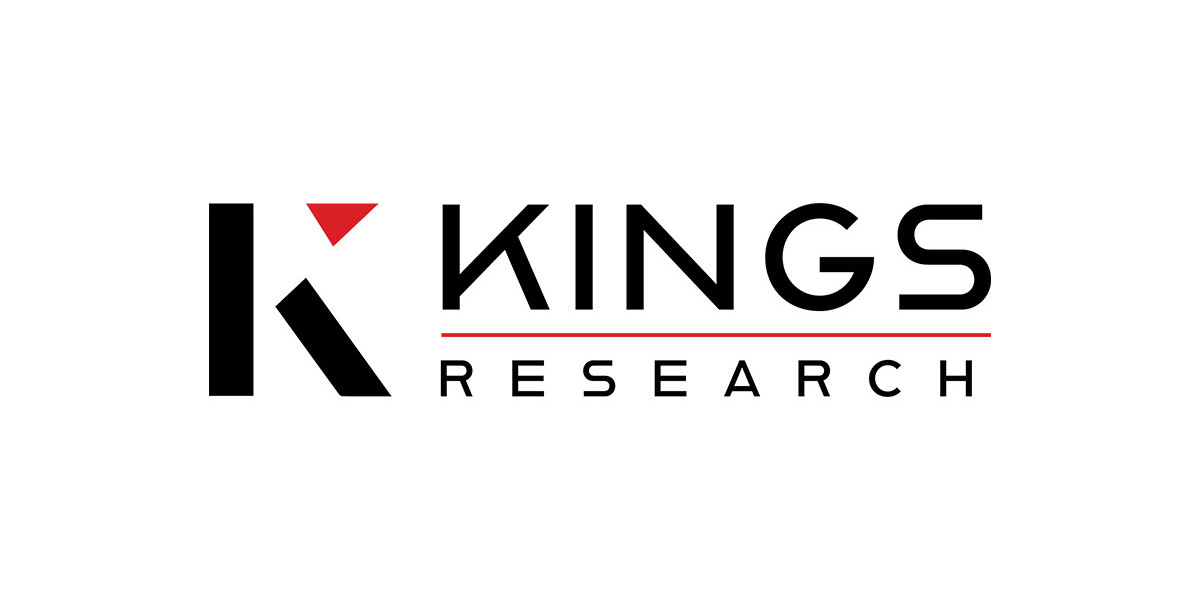In the ever-evolving landscape of Human Resources (HR) and leadership development, the 360-degree assessment stands out as a pivotal tool. It has become a cornerstone for HR professionals, organizational developers, and leadership coaches alike. This article delves into the realm of 360 degree assessment, shedding light on how it shapes employee feedback, fuels leadership development, and contributes to organizational growth by integrating multisource assessments into performance reviews and strategies for professional development.
Understanding the 360-Degree Assessment:
The 360-degree assessment, also known as multisource feedback or multisource assessment, provides a comprehensive view of an individual's performance by gathering feedback from various sources. Unlike traditional performance reviews conducted by a single supervisor, the 360-degree assessment incorporates input from peers, subordinates, supervisors, and even external stakeholders, creating a panoramic perspective on an individual's skills, competencies, and behaviours.
Components of a 360-Degree Assessment:
Self-Assessment:
- Participants assess their skills, behaviours, and performance, providing a benchmark for comparison against external feedback. This awareness of oneself forms the foundation for both personal and professional advancement.
Peer Feedback:
- Colleagues at the same hierarchical level offer insights into the participant's teamwork, communication, and interpersonal skills. Peer feedback fosters collaboration and highlights teamwork dynamics.
Subordinate Feedback:
- Direct reports contribute valuable perspectives on leadership, communication, and managerial effectiveness. Subordinate feedback helps leaders understand their impact on team members and adapt their leadership style accordingly.
Supervisor Feedback:
- Supervisors assess the participant's performance, providing insights into managerial effectiveness, goal attainment, and alignment with organizational objectives.
Customer/Stakeholder Feedback:
- In some cases, external stakeholders, clients, or customers may contribute feedback. This provides a holistic view of how an individual's actions impact external relationships and organizational reputation.
Key Benefits of 360-Degree Assessments:
Holistic Evaluation:
- Traditional performance reviews often have a narrow focus. The 360-degree assessment provides a holistic view, capturing a more comprehensive understanding of an individual's strengths and areas for development.
Developmental Feedback:
- The multisource nature of this assessment facilitates targeted feedback for professional development. Individuals receive actionable insights into specific behaviours, skills, or competencies they can enhance.
Enhanced Self-Awareness:
- The inclusion of self-assessment encourages participants to reflect on their own performance. This self-awareness is a catalyst for personal growth and improvement.
Team and Organizational Alignment:
- By incorporating peer and subordinate feedback, the 360-degree assessment fosters a culture of collaboration and teamwork. It aligns individual performance with broader team and organizational goals.
Leadership Development:
- One of the primary applications of 360-degree assessments is in leadership development. Leaders receive insights into their leadership style, communication effectiveness, and impact on team dynamics, guiding targeted development efforts.
Implementation Challenges and Considerations:
Feedback Quality:
- The quality of feedback can vary, and ensuring constructive and specific comments is crucial. Proper training and communication are necessary to guide participants in providing meaningful feedback.
Anonymity Concerns:
- Participants may worry about the anonymity of their responses. Clear communication about confidentiality measures helps address these concerns and fosters honest feedback.
Interpreting Feedback:
- Understanding and interpreting feedback can be challenging. Training participants and providing resources on interpreting and acting upon feedback is essential for a successful 360-degree assessment.
Integration with Development Plans:
- To maximise the impact, feedback from 360-degree assessments should be integrated into individual development plans. This requires a strategic approach to ensure that identified areas for improvement lead to actionable and measurable development goals.
Best Practices for Effective 360-Degree Assessments:
Clear Communication:
- Transparent communication about the purpose, process, and confidentiality of the assessment is vital. Participants should understand how the feedback will be used and how it contributes to their development.
Training and Support:
- Providing training sessions for both participants and those providing feedback ensures a common understanding of the assessment's goals and methodology. This reduces anxiety and enhances the effectiveness of the process.
Continuous Feedback Culture:
- Embedding a culture of continuous feedback in the organization enhances the effectiveness of 360-degree assessments. When feedback is part of everyday interactions, the formal assessment becomes an extension of an ongoing dialogue.
Focused Action Plans:
- The results of the assessment should guide the creation of focused action plans for professional development. Specific and measurable goals, with clear timelines, help individuals make tangible progress.
Periodic Review and Adjustments:
- Organizations should periodically review the effectiveness of their 360-degree assessment process. Adjustments can be made based on feedback from participants and evolving organizational needs.
Conclusion:
In the dynamic landscape of HR and leadership development, the 360-degree assessment has emerged as a transformative tool. By providing a panoramic view of individual performance, it contributes to enhanced self-awareness, targeted development, and organizational growth. When implemented with care, transparency, and a focus on continuous improvement, 360-degree assessments become not just a performance review method but a catalyst for individual and organizational excellence. As organizations embrace the multidimensional insights it offers, the 360-degree assessment cements its place as a cornerstone for driving positive change and fostering a culture of continuous improvement and development.



